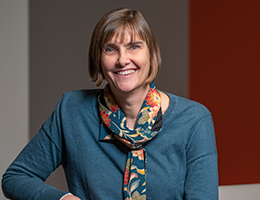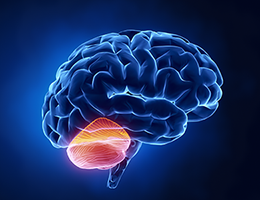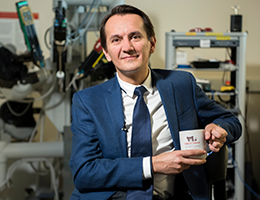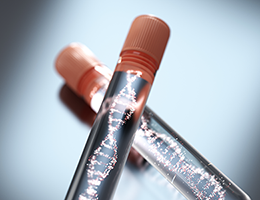 |
|
Antonio R. Porras, Ph.D., a staff scientist in the Sheikh Zayed Institute for Pediatric Surgical Innovation, has received the prestigious Pathway to Independence Award from the National Institutes of Health (NIH). This grant funds Dr. Porras’ research for the next five years, enabling him to develop two bone growth models that will better inform clinicians treating patients with craniosynostosis and help to optimize outcomes. |
|
 |
|
Researchers from Children’s Center for Autism Spectrum Disorders (CASD) presented nearly 20 scientific panels, oral presentations and posters at the 2019 International Society for Autism Research’s (INSAR) annual meeting. Among them was Lauren Kenworthy, Ph.D., CASD’s director, who shared some of her key takeaways from the meeting with the ASD-focused publication Spectrum. |
|
 |
|
Children’s National researchers and their colleagues recently published a review article in Nature Reviews Neuroscience that covers the latest research about how abnormal development of the cerebellum leads to a variety of neurodevelopmental disorders, including autism spectrum disorder, attention-deficit/hyperactivity disorder and and Down syndrome. |
|
 |
|
Marius George Linguraru, D.Phil., M.A., M.Sc., was recently awarded a Department of Defense grant that will allow him to develop a novel quantitative MRI application that can inform treatment decisions by accurately identifying which children with Neurofibromatosis type 1 (NF1) and optic pathway glioma (OPG) are at risk of losing their vision. |
|
 |
|
New research could lead to a promising way to treat neuroblastoma by enabling the immune system to recognize these tumors, in order to spark an anti-tumor immune response. Anthony D. Sandler, M.D., and colleagues reported on these results using an experimental model of the disease. |
|
 |
|
A multi-institutional team led by researchers at Children’s National showed that quantifying the amount of circulating tumor DNA possessing key mutations characteristic of diffuse midline gliomas could reliably predict the tumors’ response to radiotherapy. |
|








No hay comentarios:
Publicar un comentario